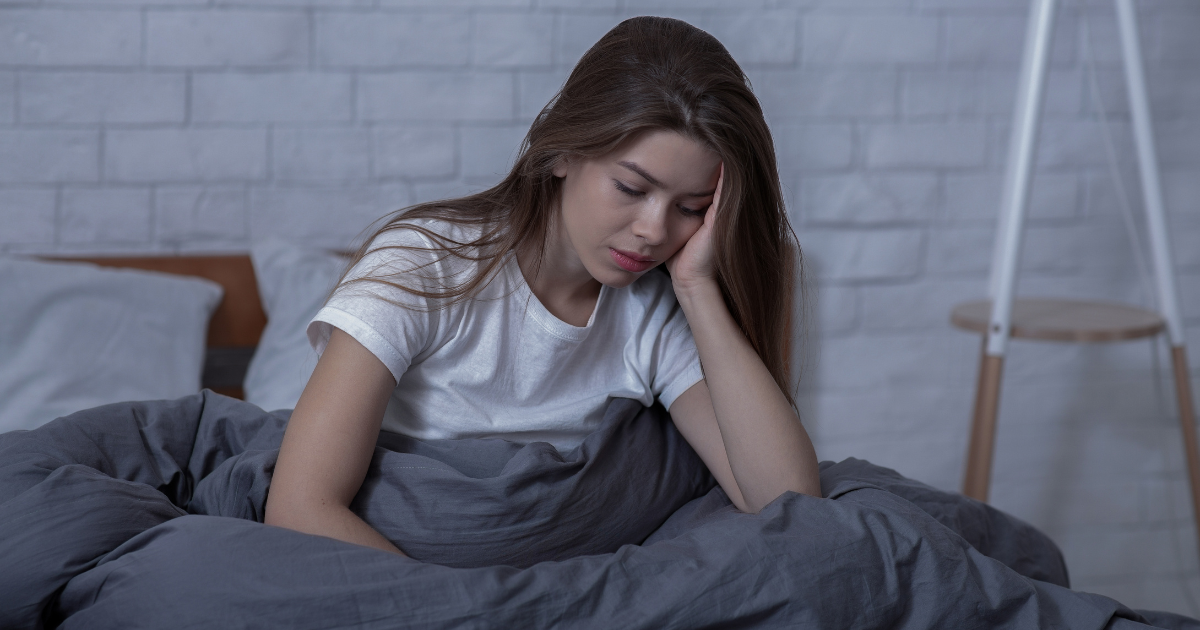Seasonal Affective Disorder (SAD) can cause many of us to feel down at this time of year. People who normally have good mental health during the rest of the year can find themselves with low mood, irritability, a lack of enjoyment in usual activities, a lack of energy, withdrawal from social interaction, difficulty concentrating, a craving for high sugar foods and a disruption of sleep patterns.
SAD can sometimes be referred to as ‘Winter Depression’ as the symptoms appear to be associated with the Autumn and Winter months. SAD was first named and reported in the 1980s by Dr Norman Rosenthal who himself experienced depression during the dark winters in the Northern USA.
Many species of animal reduce activity during the winter because of reduced food availability and the difficulties of surviving in the cold weather, with the extreme response being hibernation. Who would blame us for hunkering down with a hot chocolate and a warm blanket for the winter!
The cause of SAD seems to be the seasonal lack of sunlight. We need sunlight to help our bodies to manufacture several chemicals that affect our physical and mental health.
The part of the brain that controls the production of chemicals in the body is called the hypothalamus. In particular, the hypothalamus controls the production of melatonin. This hormone is secreted by the pineal gland, and it regulates the sleep/wake cycle. Darkness stimulates the production of melatonin, preparing the body for sleep. This chemical may be over produced in cases of SAD, leaving the individual feeling tired and lethargic.
The hypothalamus also controls the production of serotonin. Serotonin affects our mood, and lower levels are thought to be associated with feelings of depression. In addition, lower light levels may lead to a reduced production of Vitamin D, which also plays a part in serotonin activity.
The combination of increased melatonin and decreased serotonin impacts the Circadian Rhythm – our natural body clock – and it could be that the correct adjustment in levels does not happen in the individual with SAD.
Because of the link with reduced natural light levels, SAD may be treated with light therapy – an exposure to bright artificial light that is similar to outdoor light. Light boxes are available to buy and can be used at home. If symptoms are more severe, it may be necessary to arrange for medication or psychotherapy from your GP.
For less severe symptoms of SAD, there are lots of things that can be done to help your mood at this time of year:
- Take advantage of natural light – get out during the daylight hours every day
- Stay active – even a short brisk walk will help your mood
- Plan pleasurable activities – arrange to meet with friends, family or arrange trips out
- Introduce more Vitamin D into your diet – include oily fish, eggs, cod liver oil, or try a Vitamin
D supplement
But please remember – you should see your Doctor if you feel you have SAD and want some help in managing your symptoms.

